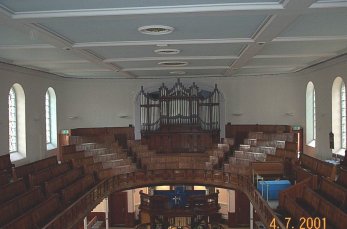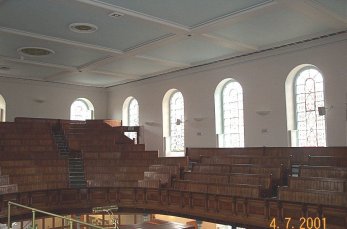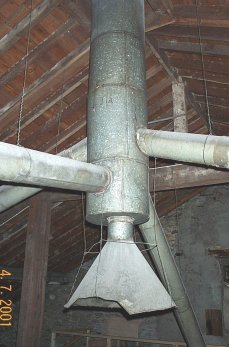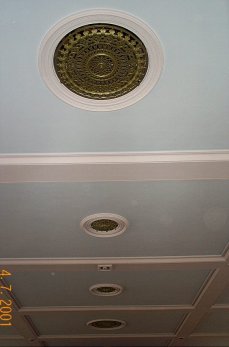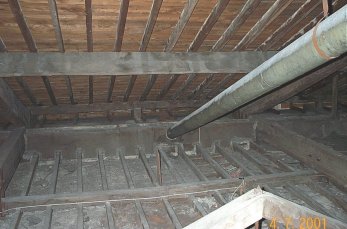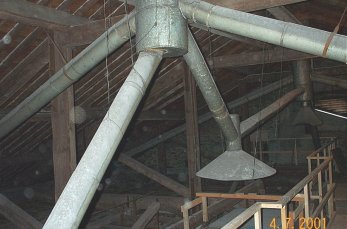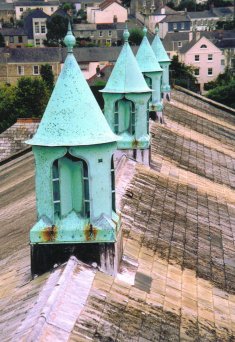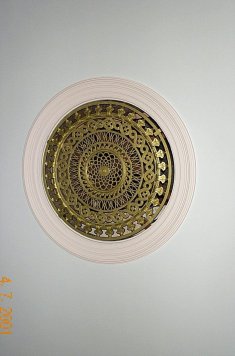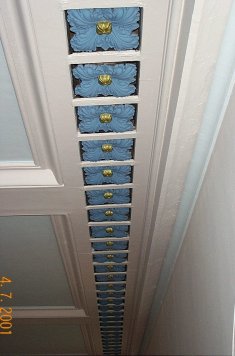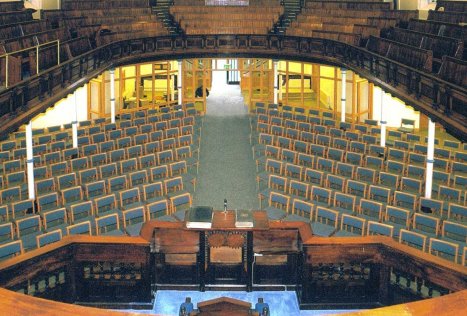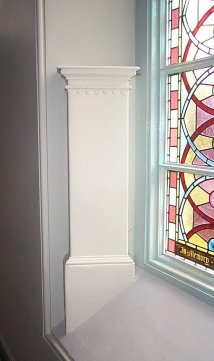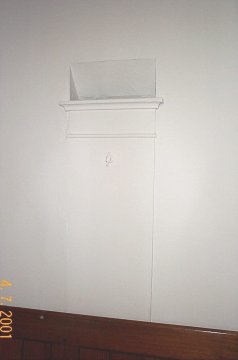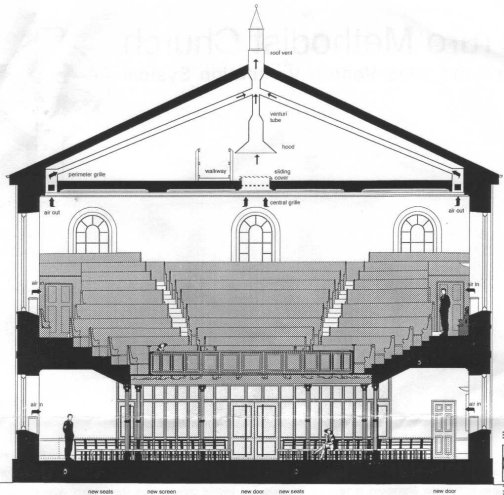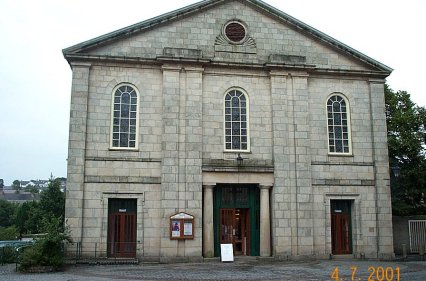 |
The Chapel was built in 1830 and designed by Mr Sambell the Architect who remarkably was deaf and dumb. In its early years it was heated by a warm air stove installation. During the recent refurbishment works the underfloor builders work ducts which led from the warm air heating stove were discovered whilst the flooring was being removed. A later restoration in 1885 was by Sylvanus Trevail a local Architect who left a legacy of many fine buildings in Cornwall. These alteration works appear to have included the installation of gas lighting, raising the roof and the erection of a new ceiling. As the congregation at this time was in the region of 2000 this must have led to the need for a ventilation system to be installed. |
